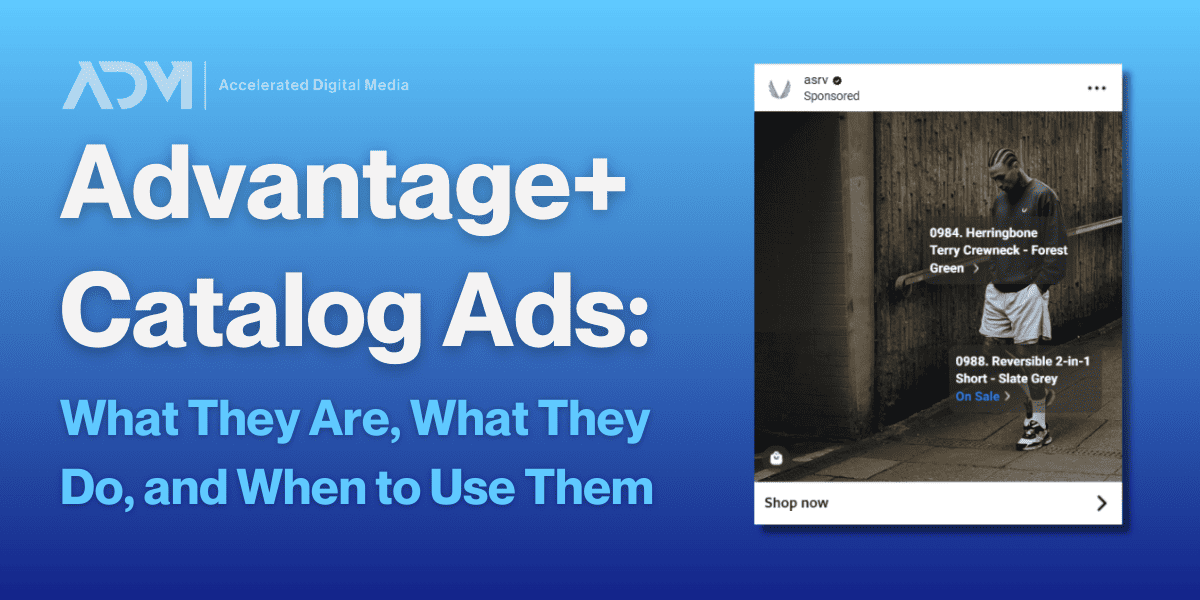Google has always had a way of keeping us advertisers on our toes with the changes they make to the platform. 2019 proved to be no different. A number of major changes were made to the platform. Many of which have been wished for by advertisers for many years, others came more as a surprise.
With these changes comes new ways to approach managing programs. As always, having a thorough understanding of Google Ads platform features is critical in driving success in this space.
As always, having a thorough understanding of Google Ads platform features and updates is critical in driving success in this space.
4 Exciting Updates To Google Ads In 2019
By far one of the most impactful changes Google made in 2019, and my personal favorite, was Campaign-level conversion settings. This setting allows advertisers to override the account level conversion setting (include in column) to have select campaigns focus on a specific conversion or conversion action set.
This update brings versatility to account management that was otherwise only possible through the formation of separate accounts. Now advertisers can test a variety of different conversions in conjunction with automated strategies while maintaining the appropriate reported conversions within the conversion column. Upper funnel conversion tests are now incredibly easy and lower volume accounts can find better ways to optimize.

Average Position officially put to rest
Google officially did away with Average Position, one of their oldest platform metrics, in September 2019. This change was made to force advertisers to rely on the more precise competitive metrics: top impression share, absolute top of page rate, etc.
As Google’s result pages evolved, Average Position became more and more inaccurate. The metric no longer showed truly where ads were being delivered. Shopping results being featured at the top of the SERP was the final straw. An ad position of 1 no longer meant that you were being featured above the fold.
The addition of the 4 new competitive metrics provided not only more clarity into where an ad was appearing, but how often the ad was appearing in that specific location. These new metrics have provided advertisers greater insight into changes in the competitive landscape, shifts in click-through-rates and how to bid more effectively.
Phrase & Broad Match mapping update
Possibly the most scrutinized of updates was the Phrase & Broad Match close variant update released at the end of July. There have been a number of articles focused on this update detailing the inefficiencies that advertisers have seen in the close variant expansion.
Google’s argument is machine learning has evolved enormously over the years and they have become significantly better at understanding intent behind a query. They claim that out of the trillions of searches they process each year, 15% have never been searched before.
The Accelerated Digital Media team and I actually like this update quite a bit. For a number of our clients, the close variants have performed very well. This may pertain to the verticals that our clients operate in or sheer luck, but given the volume this has been tested over – we feel confident ruling out luck.
The expansion in close variants has helped increase conversion capture across our accounts without causing a lift in inefficiencies. This update also has helped simplify account structure, eliminating the need to build out every single variant: plurals, misspellings, etc.
Taking it a step further, we see a future where the need for 3 (technically 4) match types will not be needed. But we are getting ahead of ourselves and will keep quiet till we can say “told you so”.
We will note that this update for Bing was drastically different. Intent has a much broader meaning in Bing’s world and completely unrelated terms often come through. This has made broader match types unusable in some instances and the need to review search terms more frequently, an absolute necessity.

Accelerated delivery sunset
Not an Earth-shattering update by any means, but the switch to having only one budget delivery setting fits nicely into the broader theme of simplification that Google is moving towards. First, it was the Ad rotation setting going from four options to two (and likely only one in the future). Then in October 2019, Google made Standard delivery the only option for Search & Shopping with the remaining campaigns to be switched over in April 2020.
As someone who had to test each and every ad rotation setting for multiple clients with very little to show for it, I love these changes Google is making. Advertisers should not have to worry about these minor settings that ultimately don’t move the needle.
With over 70% of all advertisers on Google now using automated strategies, an accelerated budget delivery setting is no longer needed. Smart bidding is determining how aggressive it should be for each auction – making accelerated delivery obsolete by definition.
The budget setting is now purely about how much you want to spend. Use all that saved time and energy from having to not worry about the budget setting to focus on the larger strategy of an account.
Audience expansion tool introduced
Google has put a lot of work into building out more sophisticated audience targeting in the past several years and we as advertisers have been benefiting greatly. Another great addition to the audience targeting tools at our disposal is the audience expansion tool that was announced during the Google Marketing Live event.
The first step in Google’s path towards this tool was Similar To audiences. The audience expansion tool behaves in the same manner, but is layered onto existing targeting to find individuals who behave like your current audience. Popularized by Facebook’s look-a-like functionality, this audience targeting capability is a great way to leverage existing audiences you know work well to effectively scale further.

So much more…
These 5 updates that we detailed here should in no way diminish the number of other valuable improvements that Google made last year. To name a few: enhanced cpc for conversion value, the launch of discovery ads, seasonality adjustments for smart bidding and the many improvements YouTube experienced to become more focused on driving action.




